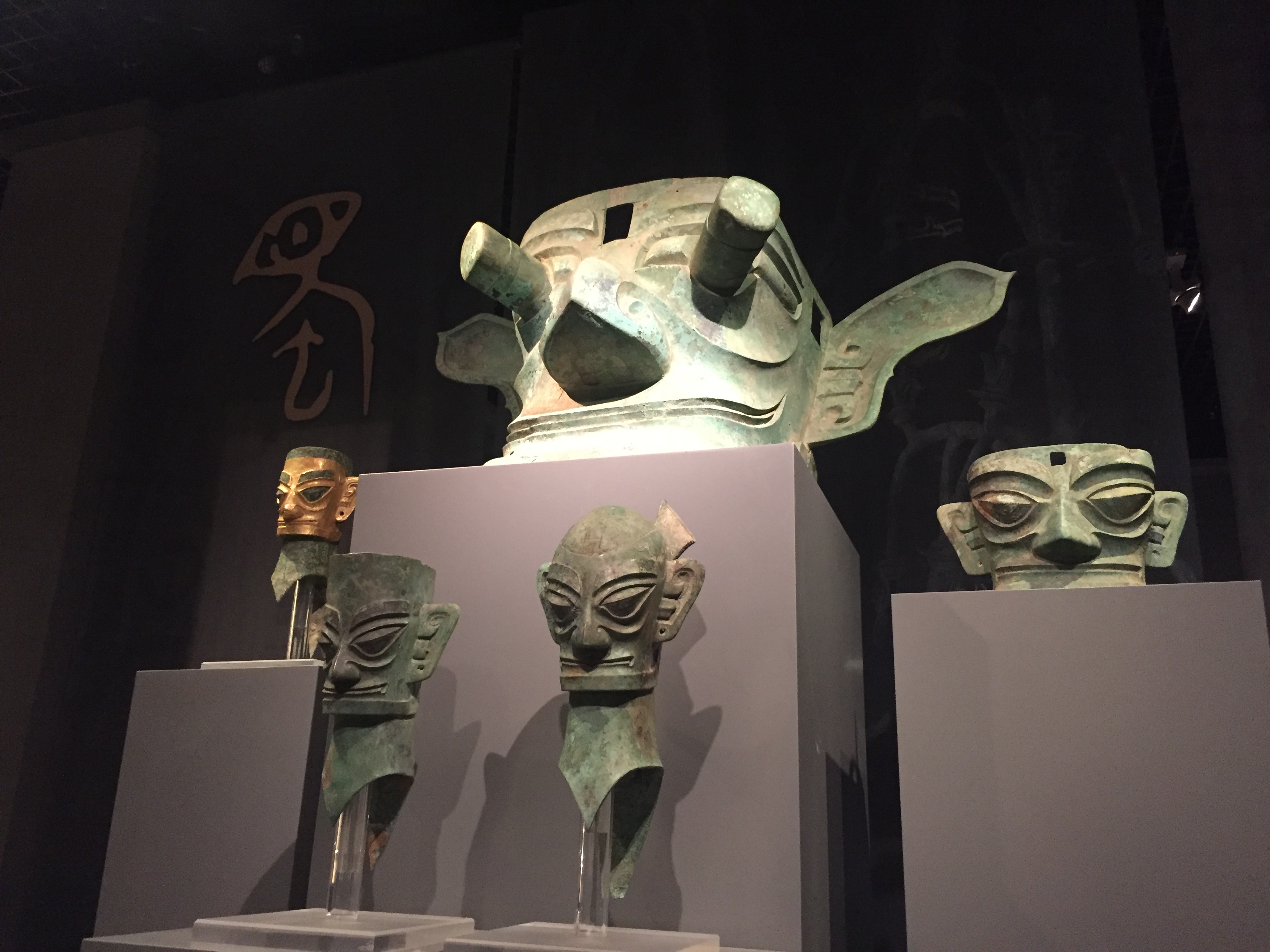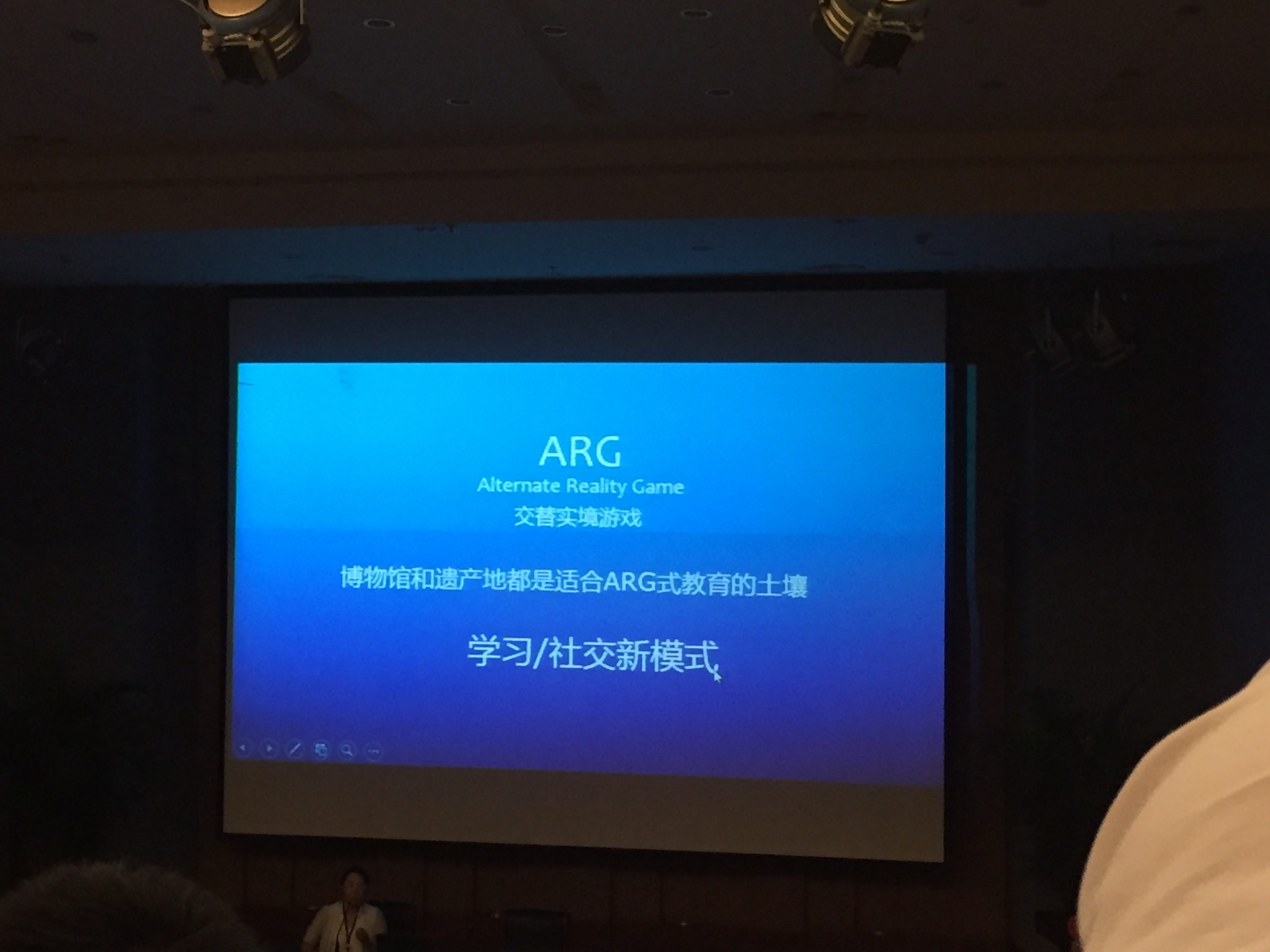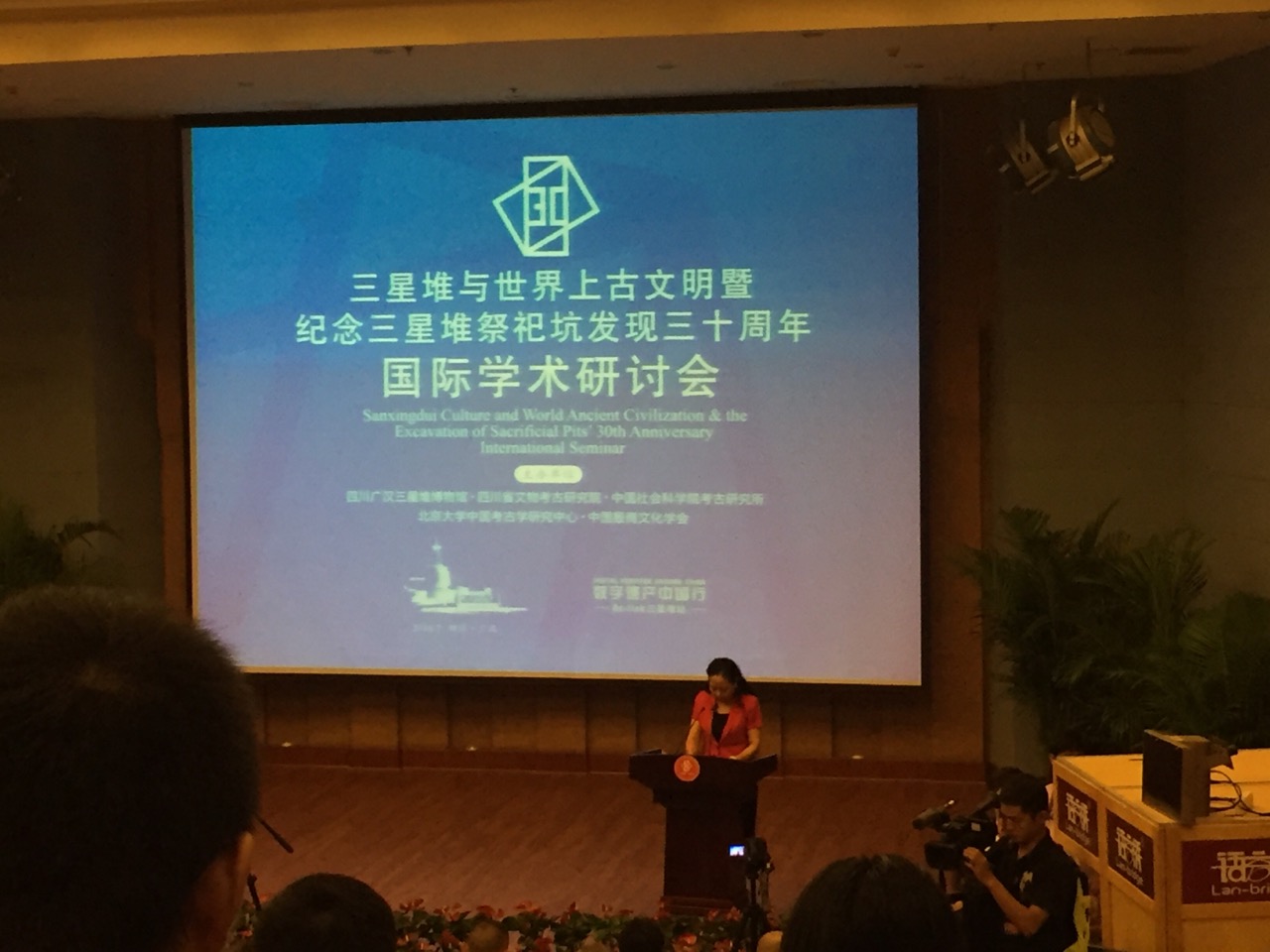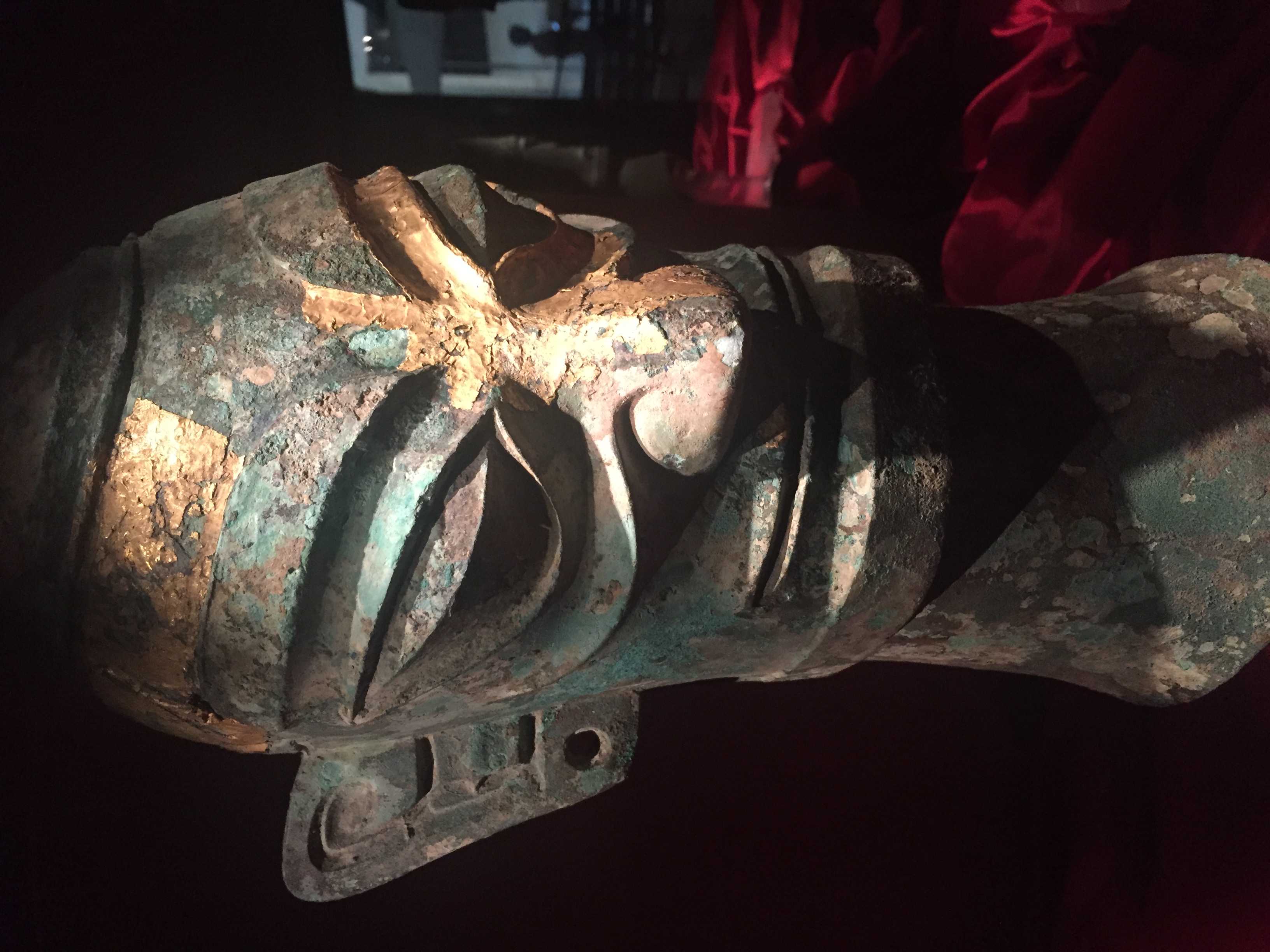DepthReading
International Academic Symposium on Sanxingdui Relics and World’s Ancient Civilizations and Commemoration of 30th Anniversary of the Discovery of Sanxingdui Sacrifice Pits Held
International Academic Symposium on
Sanxingdui Relics and World’s Ancient Civilizations and Commemoration of 30th
Anniversary of the Discovery of Sanxingdui Sacrifice Pits Held
To commemorate the 30th anniversary of the discovery
of two large sacrifice pits from the Shang dynasty at Sanxingdui site, and to
promote communications between Sanxingdui civilization and the world’s ancient
civilizations, an international academic symposium on“Sanxingdui Relics and
World’s Ancient Civilizations and Commemoration of 30th Anniversary of the
Discovery of Sanxingdui Sacrifice Pits”was jointly held on July 18th-20th
at Sanxingdui Museum by Sanxingdui Museum of Guanghan, Sichuan, Sichuan
Provincial Cultural Relics and Archeology Research Institute, Institute of
Archaeology of Chinese Academy of Social Sciences, Chinese Archaeology
Institute of Peking University, and China Society of Yin-Shang Civilization.
During this period of time, around a hundred of experts from domestic and
abroad made the academic discussions about the characteristics of Sanxingdui
civilization, the review of discovery of Sanxingdui for 30 years, Sanxingdui
cultural relics, archeological studies of Sanxingdui and twelve bridges
culture, comparative research of the world’s civilization in the same period of
Sanxingdui and the new perspectives and methods of Sanxingdui civilization
studies.
About 60 academic papers received by the symposium were
categorized into the macro comparative researches and specific seminars. The
theme of this symposium was the latest archeological achievements of Sanxingdui Relics and the studies
achievements of Sanxingdui civilization for 30 years. Gao Dalun, head of
Sichuan Provincial Cultural Relics and Archeology Research Institute,
summarized the continuity, expansion and achievements of the Sanxingdui
civilization with the concept of“length, width and height”. Lei Yu, director of
the working site of Sanxingdui Relics, reviewed the archeological achievements of Sanxingdui for thirty years. Scholars
from Sichuan Provincial Cultural Relics and Archeology Research Institute
presented their viewpoints on the academic issues including the sacrifice shape
of “Platform”, “Temple” and “Pit”, ancient city of Sanxingdui, sacrifice
ceremony of ancient Shu found in the sacrifice pits of Sanxingdui, as well as the
relationship between Sanxingdui culture and twelve bridges culture.
Many scholars probed into the comparative research of Sanxingdui
Relics and other relics. Fu Luowen, professor of department of anthropology in
Harvard University, underlined that Sanxingdui has the basic elements and
particularities as a city by comparing Sanxingdui Relics and The Yin Ruins. He
believed the urbanism should be treated as a technology and we should
investigate and discover the city from the technological perspective. Xu Jie,
curator of Asian Art Museum of San Francisco, discussed the issues and methods
of the research of Sanxingdui civilization. Prof. Sun Hua from School of
Archaeology and Museology of Peking University discussed different periods of
Sanxingdui and thought that the period of pottery and that of ruins should be
distinguished. Prof. Deng Cong from the Chinese University of Hong Kong studied
the jade weapon “Ya Zhang” of East Asia, revealing the transmission of
political ceremony of Central Plains heartland in South China. Tang Jigen,
researcher from Institute of Archaeology of Chinese Academy of Social Sciences
made research on the communication of civilizations from a broader aspect and
illustrated the characteristics of Bronze Civilization in the Yangtze River in
Shang dynasty. Other experts paid attention to the mountainous ecological
system of the western Sichuan during the period of Sanxingdui and Jinsha, and
the relationship and communication between this area and Sichuan Basin as well
as other areas.
The
opening ceremony of this event witnessed the premiere of the first self-made
animation “The Legend of the Sacred Tree” on Sanxingdui Culture, the first
release of two new books and the publication of academic popular science books
and cultural and creative animes, which were seen as spotlights. “The Legend of
the Sacred Tree” was the first advertising video with 3D technology to
demonstrate a piece of precious cultural relic, and to present the stories of
the sacred tree and the spiritual belief of the ancient people with 3D digital
effect and fantastic ideas. The process of discovering two sacrifice pits was
systematically introduced by their founders in the popular book----“The Story
of Discovery of Sanxingdui Sacrifice Pits”, while the book “Vietnam Yili” was
complied by Vietnam History Museum, Sichuan Provincial Cultural Relics and
Archeology Research Institute and Shanxi Provincial Archeology Research
Institute. Their release will further promote the spread of the academic
research of Sanxingdui Relics and its popular science.
Category: English
DepthReading
Key words:





